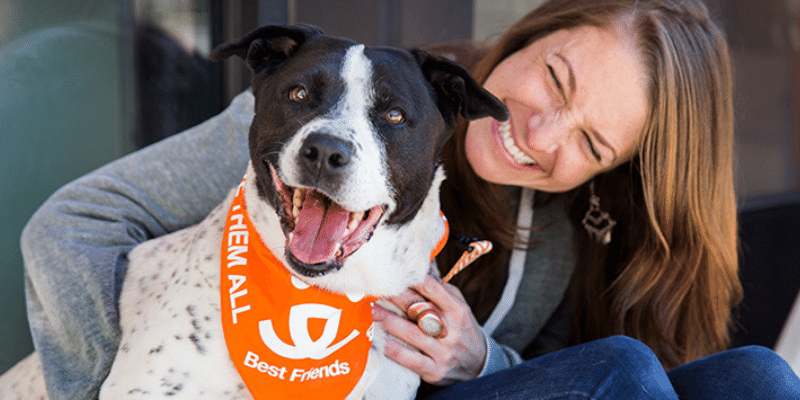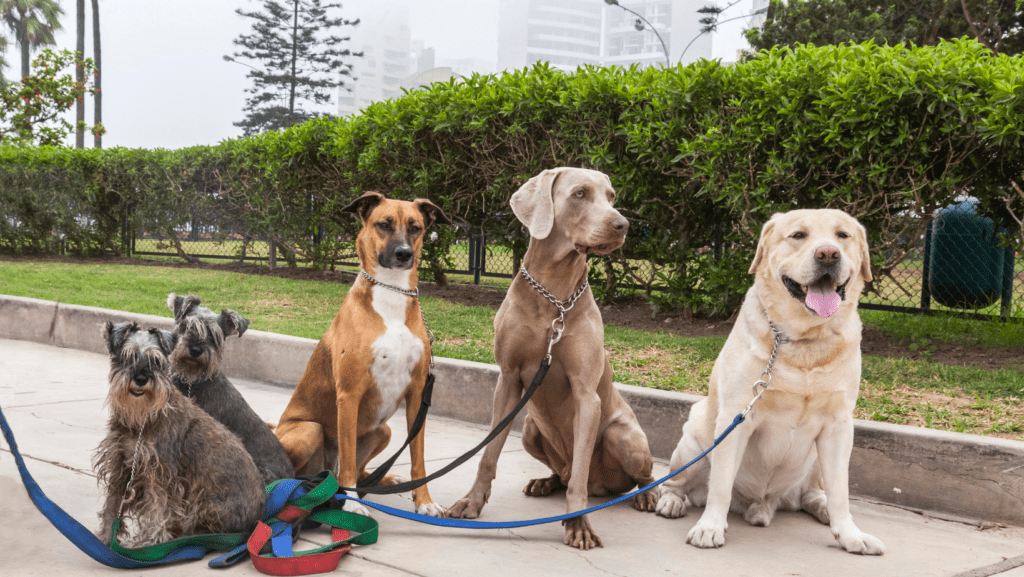

When it comes to doing animal rescue transport, we often hear that local animal shelters don’t have the time or the resources to do it. Your local animal shelter might not even have a transport program due to their perceptions of how hard it is to find qualified partners, volunteers, and coordinators. So we’re here to break down the steps in animal rescue relay transports to show you how easy it can be.
8 Steps to Effective Animal Rescue transports
Step 1: Find Your Partner
One of the biggest hurdles that animal rescues and shelters face is finding a partner that they want to work with. After all, how do you locate organizations in Wisconsin that can accept animals when you’re down in Mississippi? Thankfully, there are tools out there that can help you find the partner you want to work with.
Perhaps, the best tool out there for finding sending and receiving organizations is the one that’s writing this blog for you. Not to brag, but Doobert is the only online animal rescue software platform that has a national supply & demand map showing you exactly which organizations across the country are ready to accept animals, and which have animals they can send. Once you sign-up, you can easily find and add partners to your list and see real-time how many animals they can take in or which animals they need to transfer.


One of the newer tools on the market is the Maddie’s Pet Forum. If you haven’t checked it out yet then you’re missing out on some great networking opportunities. Think of it like Facebook for animal rescues and shelters. Thousands of groups and organizations across the country share tips, tricks and ideas and it’s a great place to network and find partners to transfer to or from.
Step 2: Agree On the Terms & Conditions
Like any good partnership, having a transfer agreement in place is important to an effective animal rescue relay transport. Will the animals be spayed/neutered before they are transferred? What vaccinations will they have? Will there be a quarantine period prior to transfer? What about revenue sharing or reverse transfer for food, medical supplies, etc. to help the source shelter?


There are many questions that come up when you start working together with a new partner. The ASPCA put together a great webinar that you can watch to learn about some of the things that you should consider and be prepared to discuss with your potential partner. Having an agreement in place before you start transferring is the key to success.
Step 3: Identify the Logistics
You’re in good shape now. You have your partner, you’ve agreed on your terms and conditions for how the transfers will happen and now you’re ready to start moving ahead. There are multiple ways you can go in order to transport animals to their destination:
- Paid, Commercial Drivers
Depending on the situation you may choose to use commercial drivers (i.e. paid transport). There are many pet transport companies out there and Best Friends has a pretty decent list of transporters that you can consider.
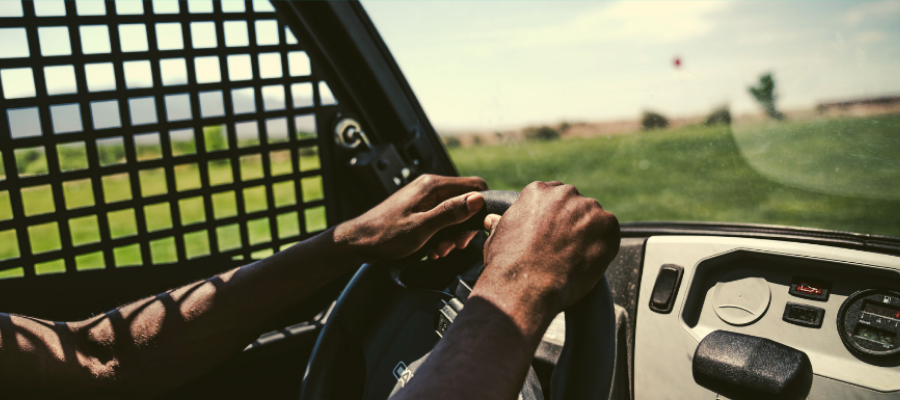

Make sure to check references and don’t be afraid to ask around on social media to see what others think. A reputable animal transport company would have no problems with you checking up on the satisfaction of previous customers.
- Volunteers
Definitely the most economical model for transport is to use volunteer drivers and volunteer pilots. There are a couple of sites out there, but Doobert.com by and far has the largest database of volunteer drivers & pilots for you to tap into and it’s the only site that automates the process for you from start to finish. (You can check out our Volunteer Map here.)


Doobert has 20,000+ volunteers across the country and each has a profile set up for the days they are available and the distance they can travel so it helps weed out notifications to people that aren’t along your route. Remember that volunteer-based transport is not a guarantee, so it’s not the best choice for those “urgent” cases where the animals need to move immediately. But you certainly can’t beat the cost of free.
- Personal Vehicle
Many local animal shelters will use their own vehicle to do the transfer. This gives you more control, but also requires you to either find qualified volunteers or to use your own staff to do the transport. If it’s a long-distance, this is often difficult to plan and can get costly depending on overnight logistics and expenses.
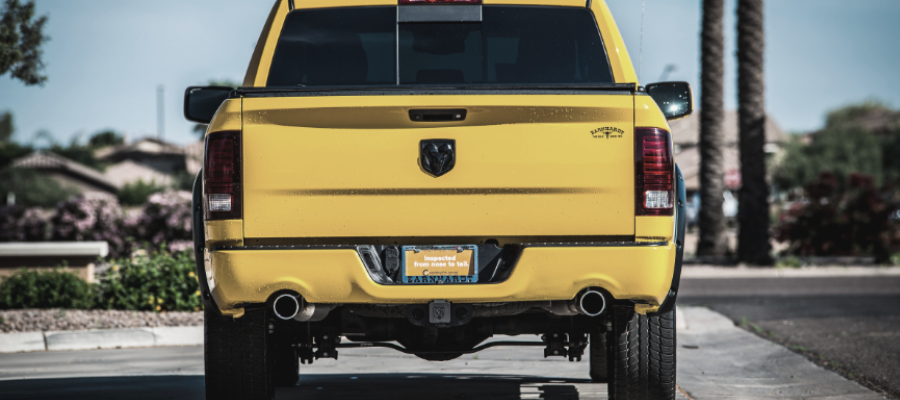

Another option is to team up with other organizations that might already have a transport planned and hitch a ride on theirs. Check out the Doobert system as they have the only “Expedia-like search” for animal rescue transport.
Step 4: Find Your Volunteers
If you’re using commercial transport or your own vehicles, obviously, you can skip this step but if you’ve opted to go the volunteer route then keep reading for sure. Having a good database of volunteers is important for any animal rescue or shelter to run their operations.
Transport volunteers can be a different breed of people altogether, though. On Doobert, we’ve made it quick and easy for you to find volunteers around your area. Our awesome volunteers have also set up Facebook animal rescue transport groups for all of the 50 states, which really come in handy.
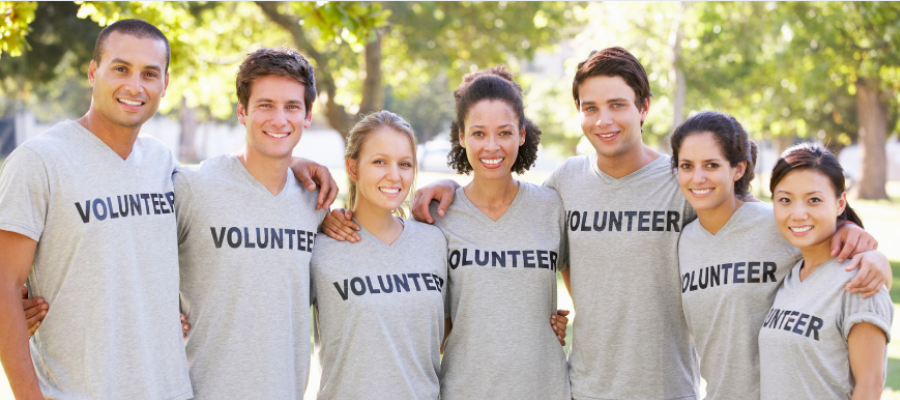

For example, you can simply type in “Florida Transport” on your Facebook search bar and you’ll be able to join that specific Facebook group and post your transport request. The downside of these groups is that they are somewhat manual and it’s up to you to respond to the comments but they are a great networking resource to find new volunteers and partners.
Step 5: Prepare for the Day
Regardless of the mode you’ve chosen for this specific transport, being prepared on the day of the transport is vital to your success. Make sure that the animals are ready to go, up-to-date on their vaccinations, and certified by the vet. You did obtain your Certificate of Veterinary Inspections (CVIs) after all, right? Sometimes called Health Certificates, these are required documents in all 50 states for animals to be transferred.


Basically, it means that a veterinarian has physically inspected each animal and is certifying that the animal does not have any communicable diseases. They have to file the paperwork with their state veterinarian, as well as the state the animals are being transferred to, so it’s important to make sure you have the right documents. You’ll want to put your copy of the CVIs in a plastic ziplock bag to accompany the animals. Also, make sure you have extra leashes, collars, and harnesses just in case.
Step 6: Plan for the Unplanned
So, you’ve loaded up the animals, made sure the driver has the paperwork, and you’re done right? Well, not exactly. What’s your plan for when things happen? If the driver gets a flat tire and calls you, do you have a backup plan? What about traffic or weather that might cause an unplanned overnight along the way? You don’t want your animals stuck in the hot sun along the side of the road after all.


If you’re using volunteers, what can you do if one of them doesn’t show up or has an emergency? That’ll leave an open hole in your rescue relay transport. Think ahead to the various scenarios that might occur and develop a plan of action for each of them. If you’re a local animal shelter, be sure to inform your staff in the event they get the phone call, so that they know what to do.
Doobert has resources for you to quickly identify backup volunteers and you can use other sites to identify local doggy daycares or boarding facilities that might be able to help in the event of an emergency.
Step 7: Close the Loop
Hooray! Your animals made it there successfully and without incident. Well, at least you assume they did, right? Nobody called you to complain, so I’m sure everything came out great. The best thing you can do is to contact your new partner and talk through how things went.
How did the animals arrive? Was everything okay from their perspective? What could you do better? What tweaks do you need to make in the transfer process? And most importantly, when can you do your next transport?


You also want to make sure to close the loop with your drivers (commercial or volunteer) to do the same thing. If they are volunteers, be sure to thank them and share the successful transfer. Volunteers are fueled by their passion for helping the animals, so they love a happy ending to the story, knowing that they made a difference.
Step 8: Celebrate the Success
It might seem silly to remind you that you should celebrate your successes, but too many animal shelters and rescues don’t recognize the importance of raising awareness about the need for animal rescue transport. They simply chalk up their successes internally and move onto the next transfer.


Share the story of the transfers on your social media channels. Tout your success in the newsletter or at your adoption event and use it to recruit more volunteers. We all need more volunteers and encouraging passionate animal lovers to get involved will help make sure the database is large enough for the next time you need help.
Animal rescue transport can seem daunting to some that have never done it before. But with our 8 steps to successful animal rescue transport, you’ll be ready for anything that comes your way!




